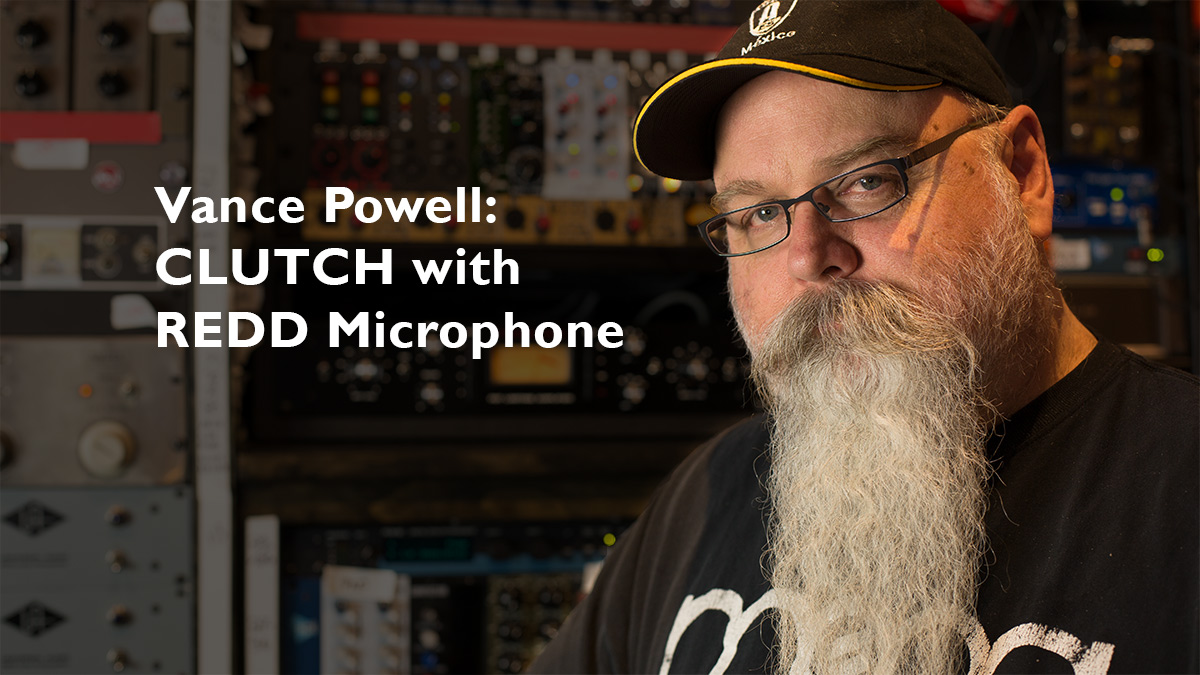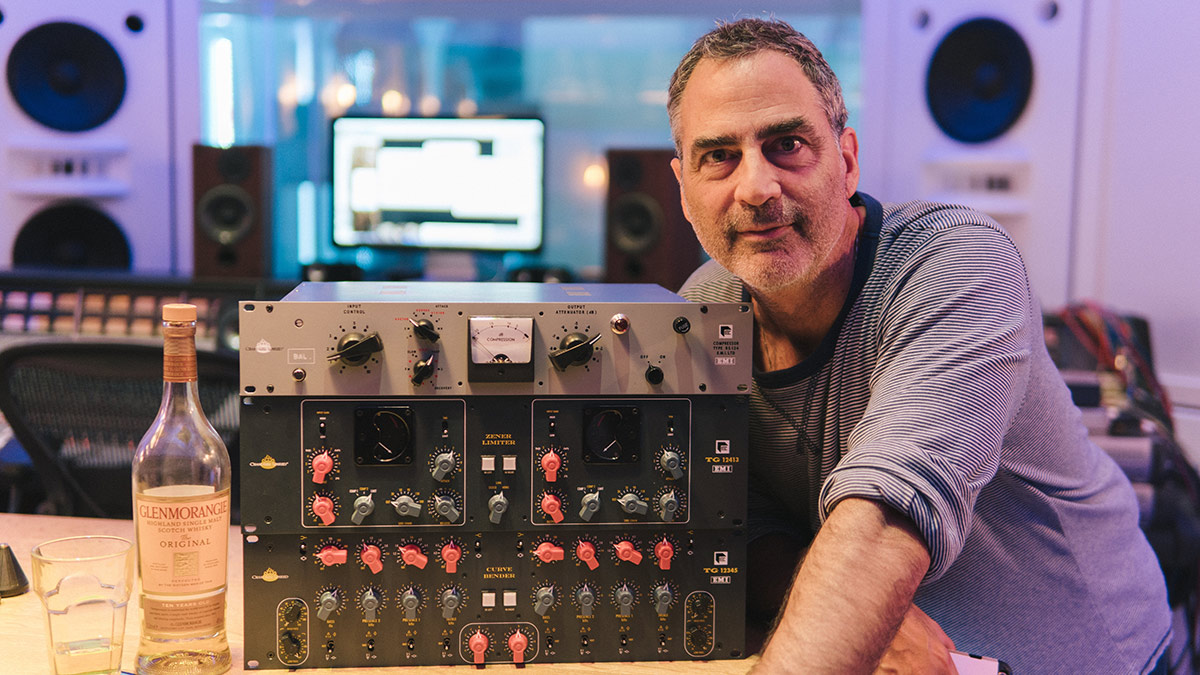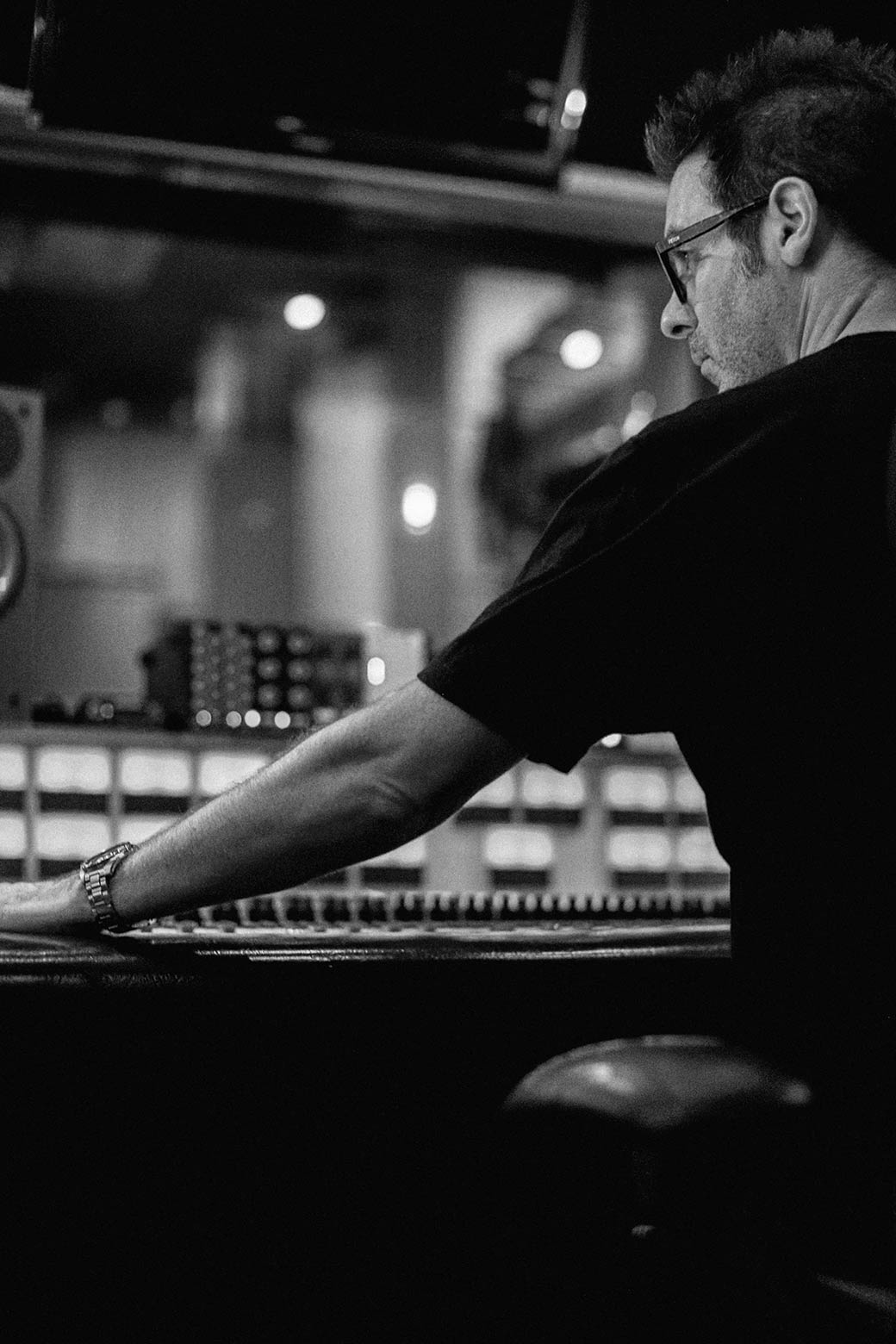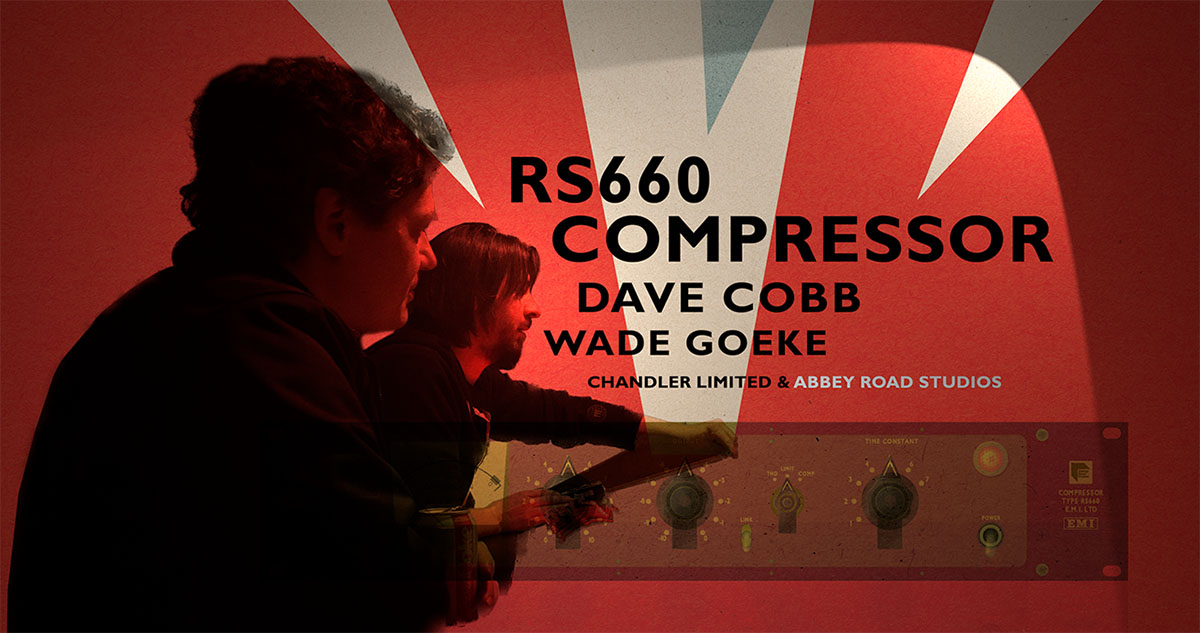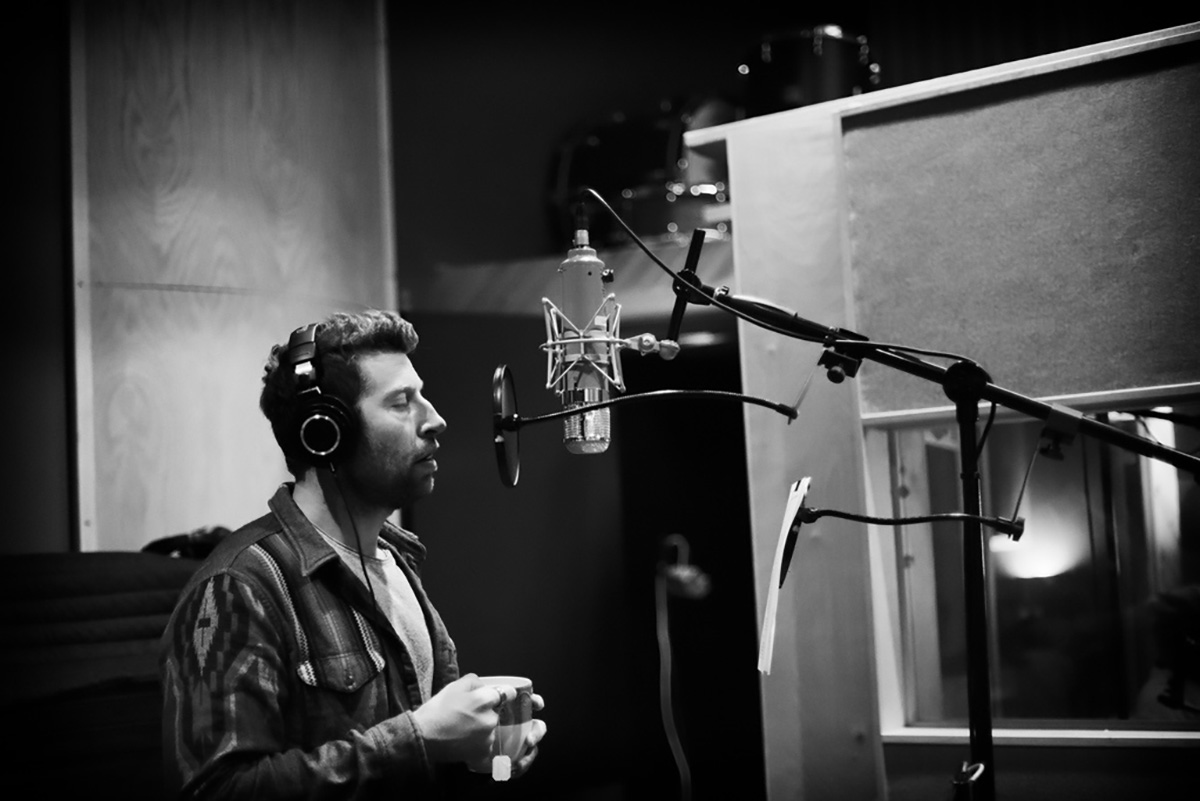Field Test: Chandler Limited Mini Rack Mixer
By: Barry Rudolph
Mix, Sept 1, 2005
16X2 RACKMOUNT UNIT WITH TALKBACK AND MONITOR CONTROL
Chandler Limited is known for designing new products with a vintage spin. Its latest, the Mini rack mixer, features Chandler’s version of the classic “Beatles and Pink Floyd” EMI TG mixer circuits, with a modular construction and a modernized, compact 5U size. DAW users who ponder analog summing and a monitoring system or any studio considering an analog sidecar purchase will find the Mini mixer irresistible.
CONSOLE IN A RACK
The Mini is a 14-slot card cage frame in a 19-inch, all-steel rack box that, fully loaded, weighs 50 pounds, including its 22 transformers. The frame also accepts the modular versions of the Chandler TG Channel and TG1 Limiter.
The Mini has eight single-slot, 2-channel line input modules, a single-slot talkback module, a single-slot control room monitor panel and a 4-slot master module. Even though the mixer is a rackmounted unit and ideal for portable DAW rigs, it can be positioned at a slight angle in a permanent desktop cabinet to work as a conventional mixer/console/desk. The Mini is powered by the PSU-2 external power supply that measures 10Å~8Å~4 inches. The PSU-2 runs hot to power the Mini’s 20 discrete Class-A amplifiers; I recommend placing it in a well-ventilated place.
Each dual-line-input channel module has its own rear panel XLR connector and transformer-balanced input with an impedance of 10k ohms. All modules are identical; in fact, when a 0dBm, 1kHz test tone was presented to each input, all modules were within 0.5 dB of each another. Each channel has a level control with a “pull” mute switch and a red LED channel on its indicator, which I didn’t like as it is hard not to move the level when pulling on the level knob. Also, the red LEDs should go on when you are muting and not the other way around.
The line module pan pot changes 6 dB in level, from center to full right or left. Most summing boxes have fixed L/R channels so you have to do all mid-left or mid-right pan positioning within the DAW using digital stereo buses. With the Mini, you can hard-assign tracks to direct outs – dedicated, mid-left and mid-right DAW outputs – and dial in the exact stereo width, which is a wonderful mixing option.
The Mini uses a passive summing network with a Chandler amplifier to make up gain loss. The master bus level is controlled on the Master module using an Elma gold rotary contact switch with 1-percent resistors. Besides precluding manual fades, the rotary switch is also great for resetting output levels if they happen to be set below full clockwise. The master module also uses the same Elma switch configuration for volume control, allowing you to return to exact monitor levels, a very important practice during mixing. The Master module features two illuminated black Sifam VU meters canted 90 degrees – exactly like the Chandler TG1 Limiter – a speaker A/B switch with two sets of XLRs on the rear panel and an external stereo input switch.
MONITOR OPTIONS AND TALKBACK
The external input button disconnects the mixer’s stereo bus from the monitor section. This feature is useful for monitoring an external DAT/CD/2-track analog deck, monitoring an in-the-box DAW stereo mix or using the Mini’s mixer for mixing line and microphone recording sources simultaneously. When using the Mini as a mixer/summing system for master DAW mixes, the external input becomes a stereo bus insert, allowing you to insert a compressor and equalizer on the stereo bus. I suggest adding a second, dedicated external input to hear a CD or other external stereo source at a push of button.
The talkback module has a Talk button, a level control and a ¼-inch TRS jack for any dynamic mic. A Shure SM57 worked for me, but during testing, a very loud pop was heard when I pushed the button. (Chandler says it has fixed this problem.) The jack should be replaced with a small mic and an external mic jack added to the rear panel, as well as a jack for an external talkback button. The last module has three monitor buttons: mute, dim (12dB drop) and mono for listening monaurally without affecting the stereo mix bus output.
IN THE STUDIO
Using a 1kHz tone at -20dB reference level (or 20dB headroom) from the Signal Generator plug-in on a Pro Tools|HD system, I carefully calibrated 16 channels on the Chandler and a ’70s-era 40-input classic API console at LAFX Studios in Los Angeles. This vintage console uses API’s 2550 amplifiers and is normalled to the HD’s 192 I/O boxes, so I patched the same 16 channels/192 outputs to the Mini. The Chandler has loads of gain and its pots ended up only halfway up, while the API faders were at the -10dB position. Both mixers produced 0dB stereo bus level with their pan pots centered.
I connected the stereo output of the Chandler and the API (done on two of the multichannel buses as I didn’t use the API stereo bus) to the API’s monitor section so that they both came up as two different 2-track sources. This way, both would have an identical signal path through the monitor section to the Genelec 1031As and I could instantly A/B switch with no gap. This configuration ensured that I could use the same large VU meters on the API for all level measurements for both mixers.
I began my mix listening through the API. Once I had a mix and a good stereo level, I A/B’d between the mix summed in the Chandler and the API. The Chandler had the same loudness and overall sound, but with all of the characteristic API clarity and punch. This held true for different music sources – from hard, percussive rock music to softer acoustic instrumental songs. The Chandler was slightly warmer, but the difference between them was too close to call. Considering this huge API console once sold for more than $200k, I was impressed at the similarity of their performance.
Then I set up the Mini to act as a recording sidecar by connecting eight Neve 1084 mic preamp/EQ modules to eight line inputs. I recorded a drum kit using eight mics: kick, snare top and bottom, hi-hat, tom 1 and tom 2, and left and right overheads. With this simple setup, I got a great drum sound using a single stereo pair. The Mini channel controls had plenty of gain, and I could overdrive the stereo bus, pegging the Sifam VU meters to get a slightly distorted sound that is ideal for urban contemporary – style drum loops. I backed off the mic preamp gain and channel levels for the cleanest sound, getting responsive VU meter action; it was easy to see peaking tom-tom levels. The Mini was quiet – quiet enough to hear those old Neves – and the sound was natural and full.
THE SUM OF ALL EARS
Chandler Limited has hit another one out of the park with the 16Å~2 Mini rack mixer; its great sound is only matched by its capacity to multifunction. This unit nicely marries classic circuit design and vintage sound in a modern package for digital music production. By virtue of its dual purpose – as a DAW monitor/controller with analog summing/mixer and as a source mixer – the Mini belongs in its own category of worthwhile analog signal processors. Price: $7,200.
Chandler Limited, 319/885-4200, www.chandlerlimited.com.
VINTAGE VS. MODERN GAIN STRUCTURE
It’s been my recent experience to get massive distortion when mixing hot Pro Tools|HD output levels on vintage consoles or even prosumer mixers. Conversely, on the recording side of Pro Tools, to get enough level to achieve maximum digital resolution (some people do not for important reasons that I’ll save for another sidebar) with the same gear, it is difficult to avoid distorting your analog gear.
The solution for playback is to recalibrate Pro Tools’ I/O for less output level so you won’t “blow up” your little mixer. For recording, increase the sensitivity of Pro Tools’ input so less output level is required from your analog gear. Less output means cleaner sound and no analog clipping.
—Barry Rudolph
Barry Rudolph is an L.A.-based recording engineer. Visit his Website at www.barryrudolph.com.

